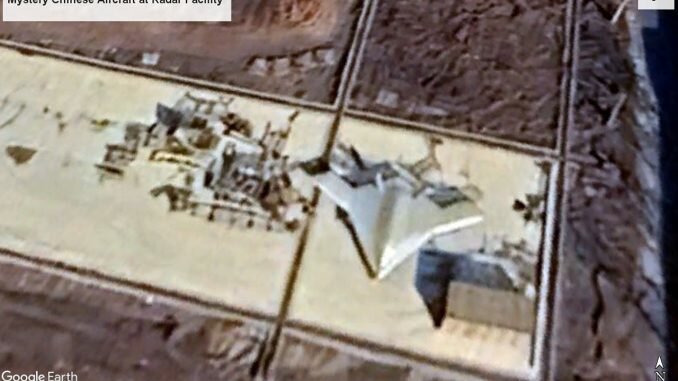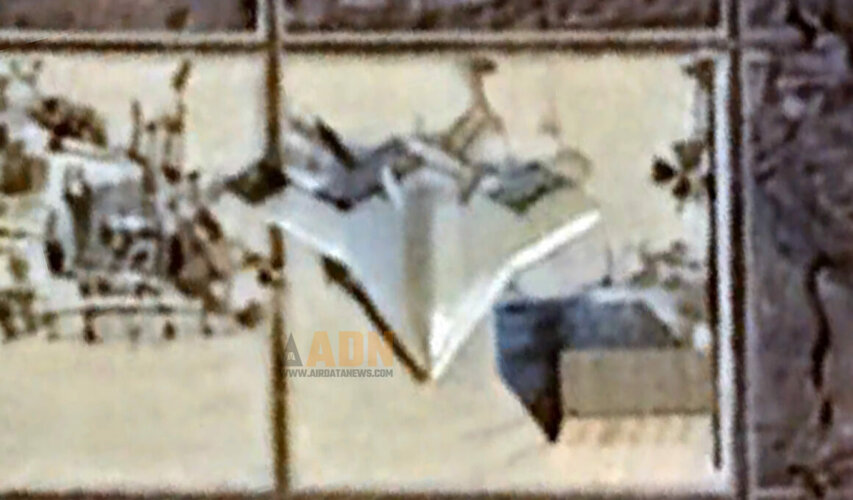There are two different cranked-arrow designs that were tested at Gaobeidian. One of them was also seen elsewhere in China. I catalogued RCS test articles at Gaobeidian earlier this year - apart from test shapes and the obvious Chinese designs (J-20, J-31/35, GJ-11), they often test US designs (B-2, B-21, F-22, F-35). Off the wall theory - given the activity that takes place, there's a small chance that the cranked-arrow is a US design or a derivative thereof. How amusing would it be if this is how the "RQ-180" or something ends up being discovered? Granted given that one of the cranked-arrows showed up elsewhere, it's most likely related to some sort of PLAAF research, but the small chance remains.





